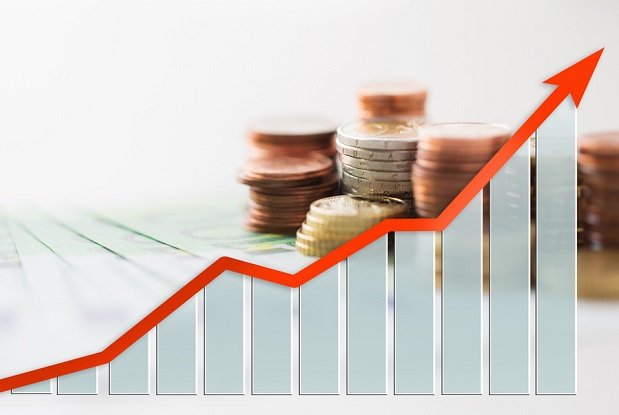 By 2028, health care spending will account for 19.7 percent of the U.S. economy, up from 17.7 percent now. (Image: Shutterstock)
By 2028, health care spending will account for 19.7 percent of the U.S. economy, up from 17.7 percent now. (Image: Shutterstock)
A recent study published in Health Affairs projects that health care spending will grow at an average annual rate of 5.4 percent over the next decade.
The analysis, which was authored by researchers at the Centers for Medicare and Medicaid Services, was published on March 24, a week-and-a-half after President Trump declared a national emergency over the coronavirus. However, it does not take into account the impact that COVID-19 may have on health care spending over the next year or two.
The report projects that health spending would increase by 5.2 percent in 2020, up from 4.5 percent in 2019 and 4.6 percent in 2018.
The major driver of the bump in spending will be the "rebound" in prices for medical services and goods, the authors predict.
Overall, the increase in prices will account for 43 percent of the spending growth in the coming decade, while "use and intensity" will make up about a third of the increase. Increased wages for health care workers will also drive spending up.
By 2028, health care spending will account for 19.7 percent of the U.S. economy, up from 17.7 percent now.
Medicare will experience a particularly high rate of spending growth, averaging 7.6 percent per year over the decade as the country's over-65 population continues to grow.
Medicaid growth will be more modest: 5.5 percent. Private insurance will be lower still: 4.8 percent.
However, future Medicaid spending hinges on political dynamics that could easily change in the coming years. Among the 13 states that have yet to expand Medicaid are two of the biggest: Texas and Florida. If new political leadership in those states changes course, Medicaid spending will increase significantly.
Similarly, the analysis projection that overall health care coverage will drop slightly, from 90.6 percent to 89.4 percent, is based on the refusal of a number of states to expand Medicaid as well as the current administration's opposition to the Affordable Care Act.
"As it has over the past several decades, health spending is expected to grow, on average, more rapidly than the rest of the economy," writes lead author Sean Keehan, an economist in the Office of the Actuary at CMS. "The government is projected to pay a larger share (nearly half) of the nation's total health bill by 2028, as the baby boomers continue aging into Medicare and the program's beneficiaries consume $1 out of every $4 spent on health care. Policy makers and other stakeholders will undoubtedly continue to monitor these trends and their implications for the health sector, federal and state budgets, and the economy as a whole."
Complete your profile to continue reading and get FREE access to BenefitsPRO, part of your ALM digital membership.
Your access to unlimited BenefitsPRO content isn’t changing.
Once you are an ALM digital member, you’ll receive:
- Breaking benefits news and analysis, on-site and via our newsletters and custom alerts
- Educational webcasts, white papers, and ebooks from industry thought leaders
- Critical converage of the property casualty insurance and financial advisory markets on our other ALM sites, PropertyCasualty360 and ThinkAdvisor
Already have an account? Sign In Now
© 2024 ALM Global, LLC, All Rights Reserved. Request academic re-use from www.copyright.com. All other uses, submit a request to [email protected]. For more information visit Asset & Logo Licensing.








